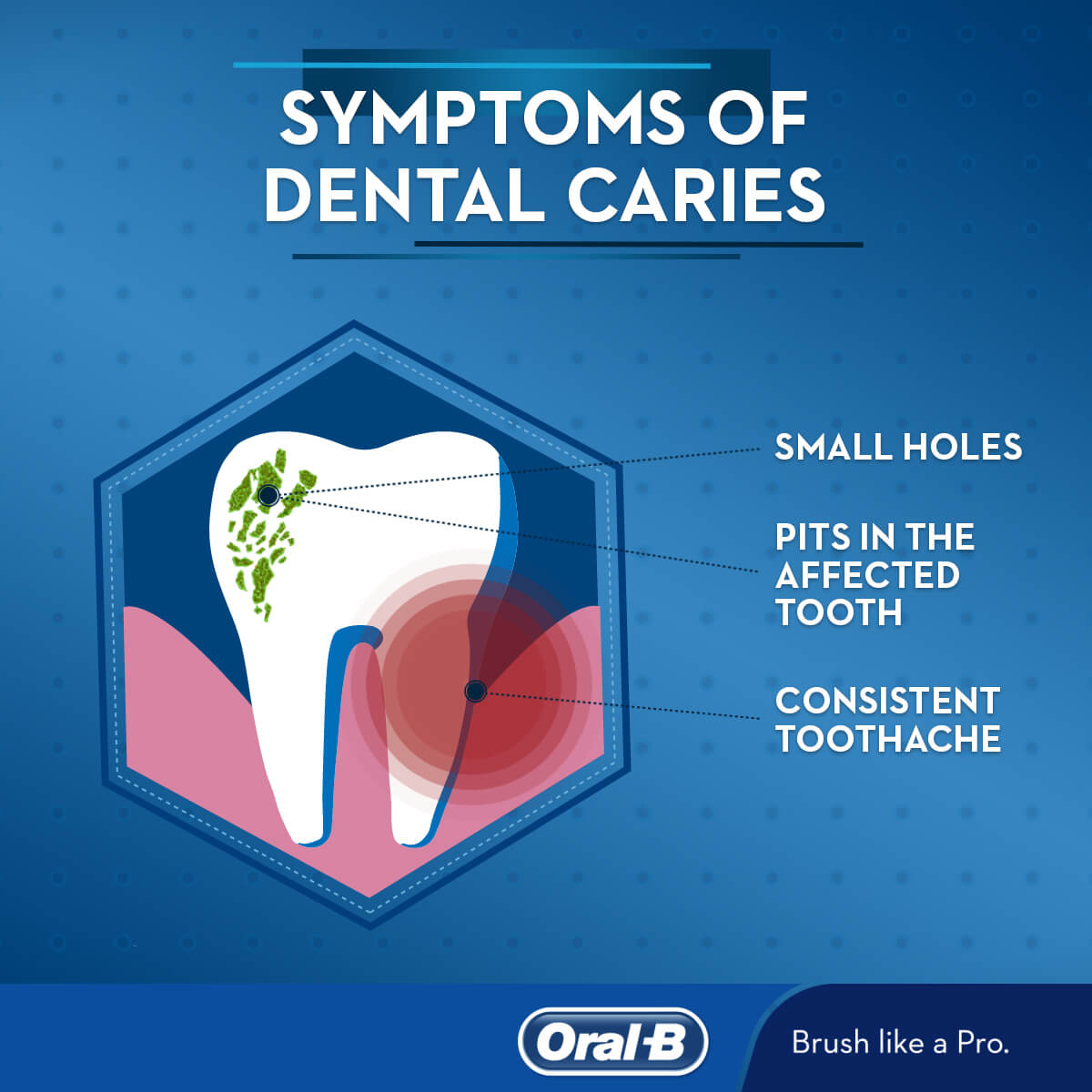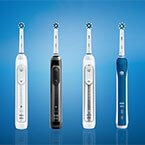WHAT ARE DENTAL CARIES? TREATMENTS, SIGNS, AND SYMPTOMS

Approved and reviewed by Dr. Lee, a dental professional of over 35 years. LEARN MORE

- What are Dental Caries? Treatments, Signs, and Symptoms
- What Causes Dental Caries?
- Dental Caries Treatments
- How to Prevent Dental Caries
What are Dental Caries? Treatments, Signs, and Symptoms
Dental caries, which is also referred to as tooth decay or cavities, is one of the most common and widespread persistent diseases today and is also one of the most preventable. When you eat certain foods, the bacteria on your teeth breaks them down and produces acids that have the ability to seriously damage the hard tissues of your tooth. The result is the formation of dental caries (cavities).
What Causes Dental Caries?
Typically, dental caries can be spotted on two specific areas of the teeth: occlusal caries, which form on the top most part of the tooth where food particles repeatedly come in direct contact with the teeth and interproximal caries, which are dental caries that form between the teeth. It’s in these two locations where bacteria fester and pose a risk to your oral hygiene. If the teeth and surrounding areas are not cared for properly, the bacteria will begin to digest the sugars left over from food in your mouth and convert it into acids as a waste product. These acids are strong enough to demineralize the enamel on your teeth and form tiny holes—the first stage of dental caries. As the enamel begins to break down, the tooth loses the ability to reinforce the calcium and phosphate structures of the teeth naturally through saliva properties and, in time, acid penetrates into the tooth and destroys it from the inside out.

Dental Caries Treatments
Professionally, there are four main ways to deal with dental caries. These treatments carried out by a dental professional can help treat damage incurred from dental caries.
- Fillings: Fillings are the most common form of treatment for the disease. A dental professional drills into the affected area(s) of the teeth, removes the decayed material inside the prepared cavity, and packs this empty space with an appropriate dental filling material. There are different types of filling materials that can be used, depending on the area where caries has occurred. Composite resin, the most common filling material in the developed world, has a great pallet of color which dentists can use to repair caries damage to teeth that are visible when you smile. In the case of back teeth, some dentists prefer using other dental filling materials which are stronger.
- Crowns: Crowns are another option for dental professionals when treating dental caries, and are only used when a large proportion of the tooth is destroyed by disease. When tooth decay leads to the need for large fillings, the tooth becomes more prone to cracks and ultimately breaking. The dentist would attempt to salvage the remaining tooth, repair it, and finally fit the tooth with an alloy or porcelain crown covering.
- Root Canal: Another method of treatment, a dental professional may employ is called a root canal. As tooth decay progresses through the enamel and settles in the center of the tooth, it may even advance further and damage the nerves, which are in the root. A dental professional would remove the damaged or dead nerve with the surrounding blood vessel tissue (pulp) and fill the area. The procedure usually ends with the dentist placing a crown over the affected area.
- Extraction: In some cases, the tooth may be damaged beyond repair and must be extracted if there is risk of infection spreading to the jaw bone. The removal of some teeth may affect the alignment of those left in the mouth, so it is recommended that a partial denture, bridge, or implant be inserted in those edentulous areas
How to Prevent Dental Caries
Despite the impact tooth decay can have on your teeth if left unattended, dental caries or cavities are largely preventable with a great oral hygiene regimen! This includes brushing at least twice a day with an electric toothbrush.
In fact, recent studies show that brushing regularly with an electric toothbrush can help prevent tooth loss by more effectively removing the plaque bacteria that can lead to tooth decay. The Oral-B iO features the latest in oral care technology to effectively, yet gently, clean all areas of the mouth including tooth surfaces. The Oral-B iO electric toothbrush combines the dentist-inspired round brush head with micro-vibrating bristles to remove more plaque between teeth and along the gum line for a thorough clean.
Also, keep up with regular dental checkups in order to identify pre-existing conditions before they lead to more serious issues down the road. The earlier a dental professional can spot the signs of poor oral hygiene, such as a buildup of plaque, the better your chances at preventing dental caries and gum problems from ever occurring in the first place.
A few recommendations a dentist might make include:
- Brushing your teeth twice a day for at least two minutes using fluoride rinse, paste, or gel. We recommend, Crest Pro-Health products which includes fluoride to help reduce the production of acid that can damage your teeth.
- Flossing regularly after brushing especially if you’re frequently eating or drinking sugary foods or drinks. Certain foods high in sugar can provide a consistent supply of damaging acid to the tooth hard tissues. Flossing once or twice a day with Crest Pro-Health products can help you remove food particles from between the hard-to-reach areas of your teeth you might be missing.

POPULAR PAIRING WITH FLOSSING
549
Source:
http://www.oralhealthplatform.eu/our-work/the-state-of-oral-health-in-europe/
Yaacob M, ey al… Powered versus manual toothbrushing for oral health.Cochrane Database of Systematic Reviews 2014, Issue 6. Art. No.:CD00282. DOI:10.1002/14651858.CD002281.PUB3
Kantar. https://onlinelibrary.wiley.com/doi/epdf/10.1111/jcpe.13126




